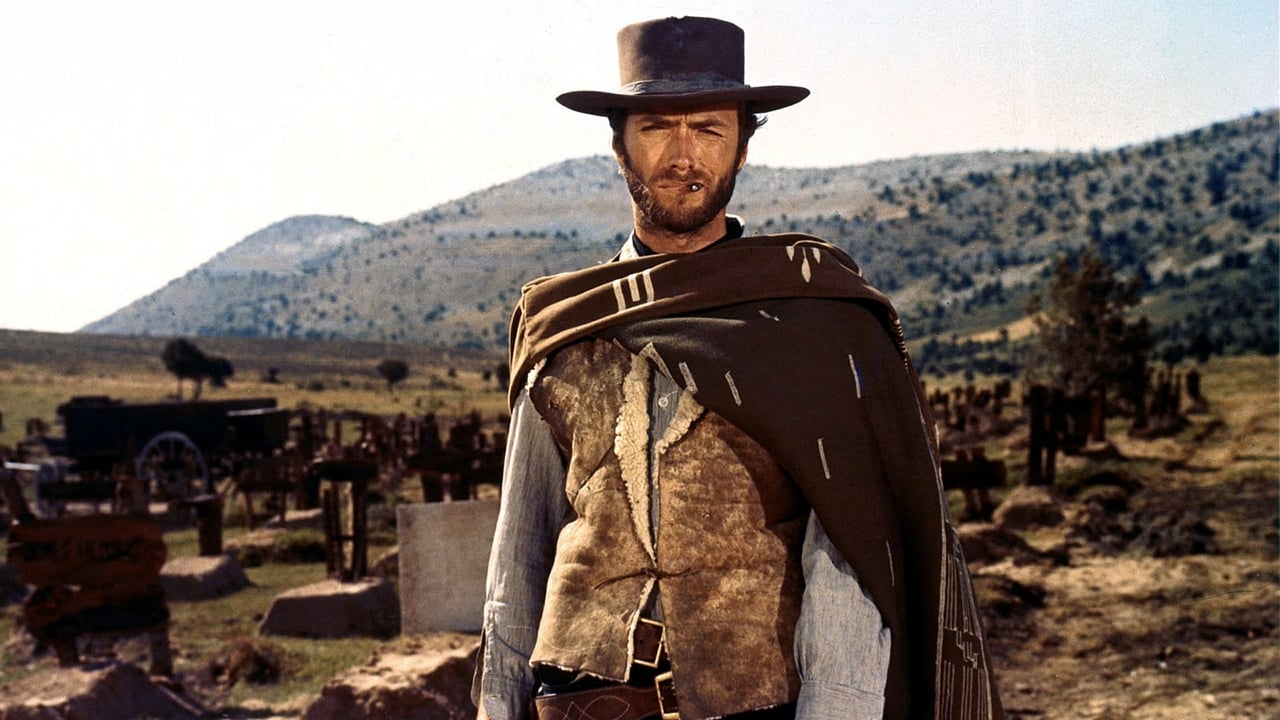Sergio Leone's The Good, the Bad, and the Ugly is a classic Western film. Clint Eastwood is the Good, aka the Man with No Name, a taciturn wanderer who follows his own sense of justice. His opposite is Angel Eyes (Lee van Cleef), the Bad, a brutal mercenary who kills anyone who stands in the way of making ready cash. The film's comic relief is Tuco (Eli Wallach), the Ugly, a Mexican bandit wanted in several states who ends up inadvertently doing some good turns. At the height of the Civil War, as Union and Confederate armies battle each other in the West, these three men vie for an abandoned cache of gold coins.
The film is especially memorable for its pace and cinematography. The opening scene, for example, juxtaposes closeups of anxious faces with vast panoramas of the Western landscape, and 10 minutes passes before a single word is said. It is like Tarkovsky transplanted to a vastly different setting. That's not to say it's all so serious, though. In a sense the film is a "two buddies on the road" movie, with Tuco the wisecracker and Eastwood's character the straight man. It is also a war film, with Leone apparently sparing no expense in presenting a realistic image of hundreds of men charging each other on the battlefield. This is not among the greatest films I've ever seen, but it's very well-made.
Because this is a "spaghetti Western", an effort in the genre realized by a joint Italian-Spanish production team with American lead actors, the film has some curious qualities. Because of the use of locals, all the faces of Civil War soldiers are so clearly Italian, even though Italian immigration into the US picked up only later. The Mexican bandit Tuco is played by a Jew from New York, and furthermore Leone mocks the character's Catholicism in a way that Americans of the era would, although the faith would be in no way foreign to his Italian audience.
